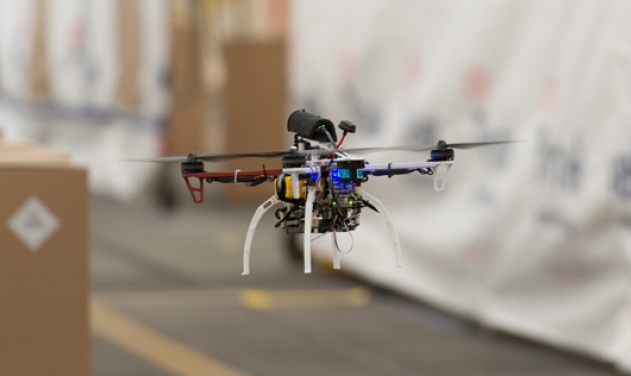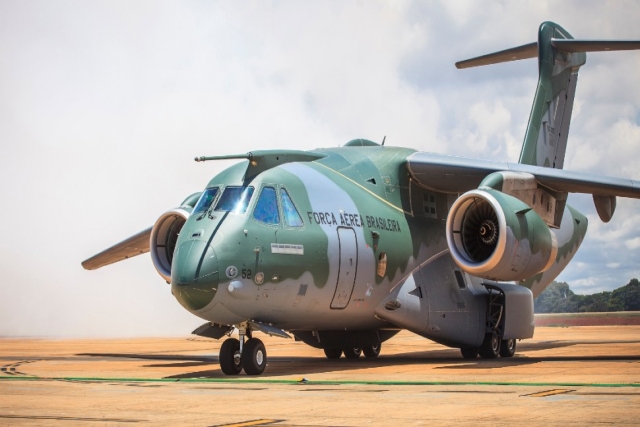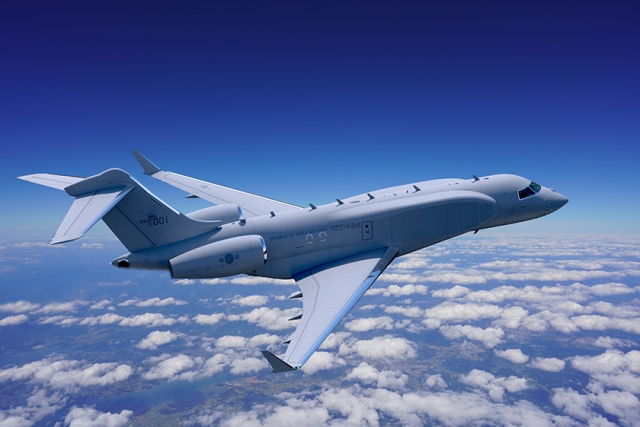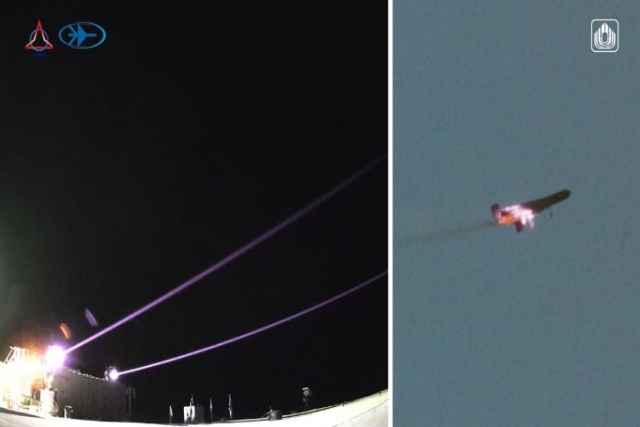DARPA Tech To Enable UAVs Navigate Indoors Without GPS

The US Defence Advanced Research Projects Agency (DARPA) recently demonstrated sensor-loaded quad-copters that can move around obstacles without pilot inputs as the initial phase of its Fast Lightweight Autonomy (FLA) program.
DARPA’s FLA program aims to develop algorithms that could reduce the amount of processing power, communications, and human intervention needed for unmanned aerial vehicles (UAVs) to accomplish low-level tasks, such as navigation around obstacles in a cluttered environment.
The FLA program’s objective is to enable small UAVs to quickly navigate a labyrinth of rooms, stairways and corridors or other obstacle-filled environments without a remote pilot.
The program seeks to develop autonomous UAVs small enough to fit through an open window and able to fly at speeds up to 20 meters per second (45 miles per hour)—while avoiding objects within complex indoor spaces independent of communication with outside operators or sensors and without reliance on GPS.
If successful, FLA would reduce operator workload and stress and allow humans to focus on higher-level supervision of multiple formations of manned and unmanned platforms as part of a single system.
FLA technologies could be especially useful to address a pressing surveillance shortfall: Military teams patrolling dangerous overseas urban environments currently can use remotely piloted unmanned aerial vehicles (UAVs) to provide a bird’s-eye view of the situation, but to know what’s going on inside a building often requires physical entry.
DARPA researchers recently completed the first flight data collection from the common quad-copter UAV platform that three research teams are using for the program. The flight test data validated that the platform—which uses a commercial DJI Flamewheel 450 airframe, E600 motors with 12" propellers, and 3DR Pixhawk autopilot—is capable of achieving the required flight speed of 20 meters per second while carrying high-definition onboard cameras and other sensors, such as LIDAR, sonar and inertial measurement units.
During the testing, researchers also demonstrated initial autonomous capabilities, such as “seeing” obstacles and flying around them at slow speed unaided by a human controller.
“We’re excited that we were able to validate the airspeed goal during this first-flight data collection,” said Mark Micire, DARPA program manager. “The fact that some teams also demonstrated basic autonomous flight ahead of schedule was an added bonus. The challenge for the teams now is to advance the algorithms and onboard computational efficiency to extend the UAVs’ perception range and compensate for the vehicles’ mass to make extremely tight turns and abrupt maneuvers at high speeds.”
The three performer teams are Draper, teamed with the Massachusetts Institute of Technology; University of Pennsylvania; and Scientific Systems Company, Inc. (SSCI), teamed with AeroVironment.










